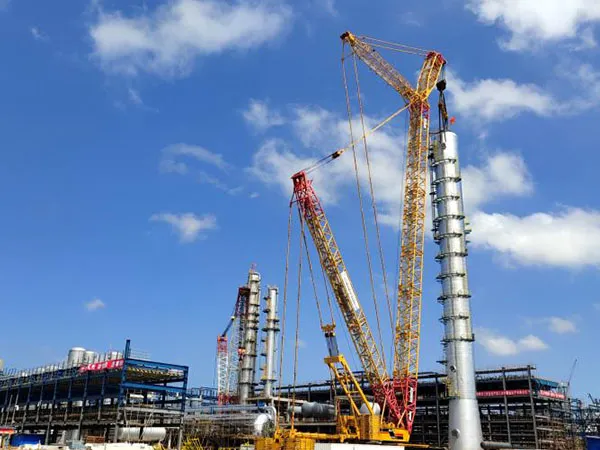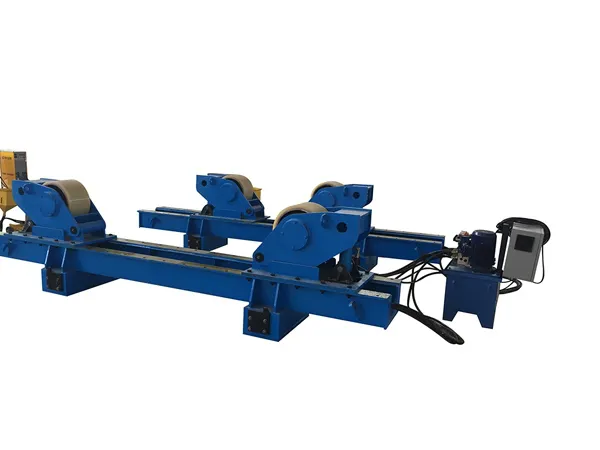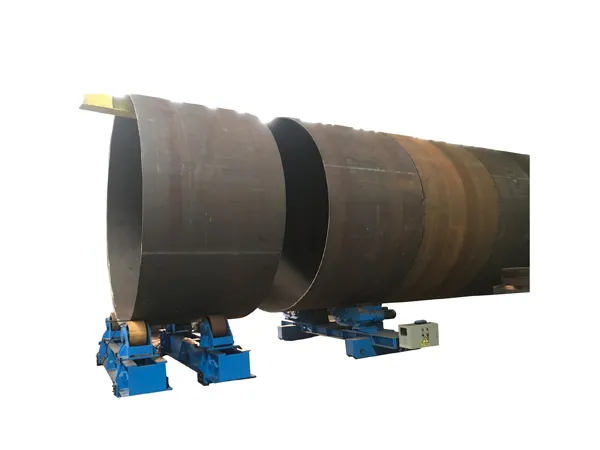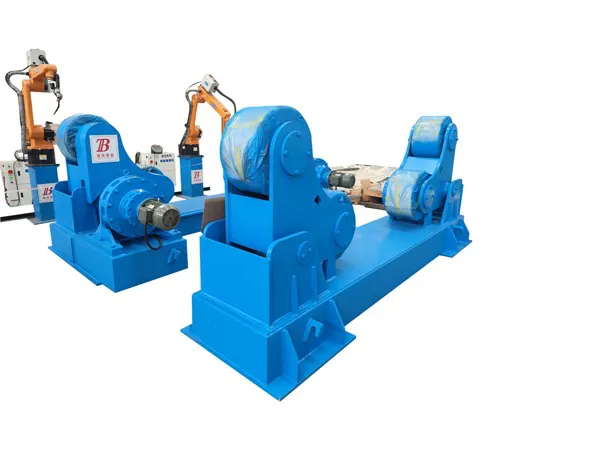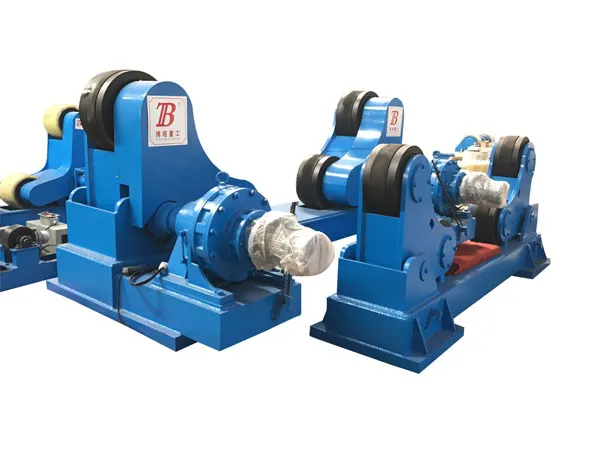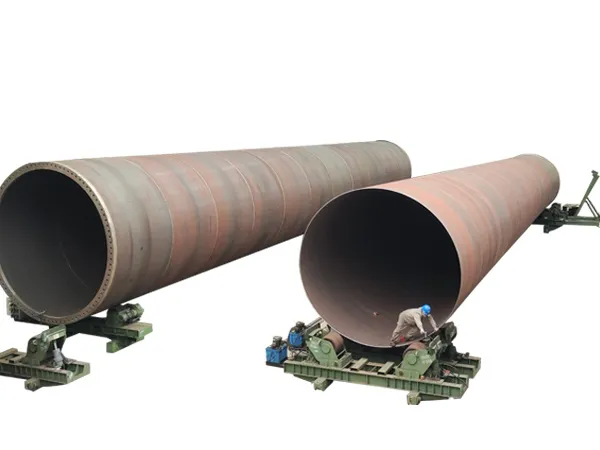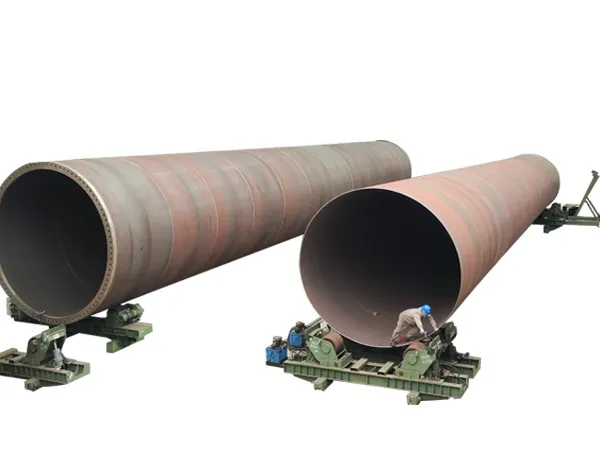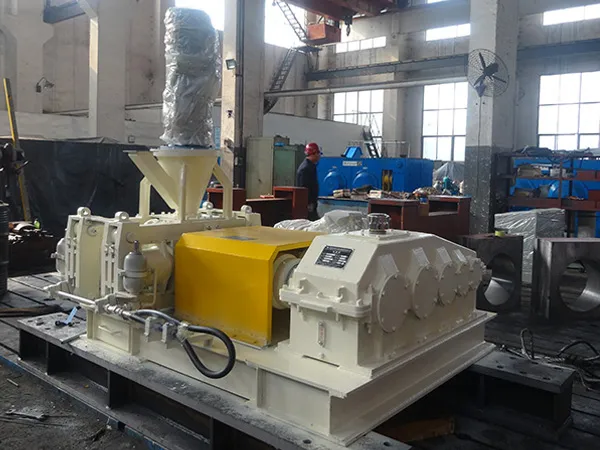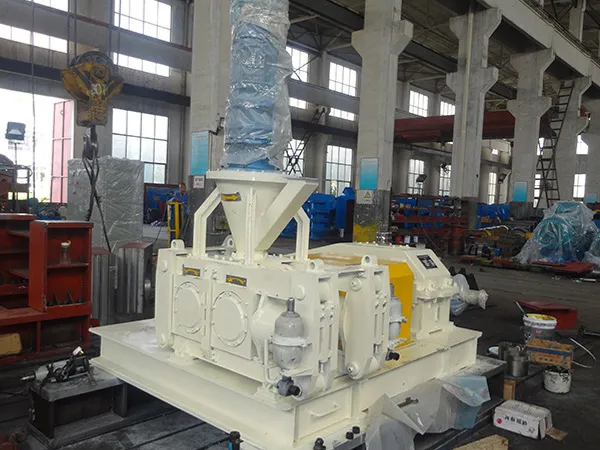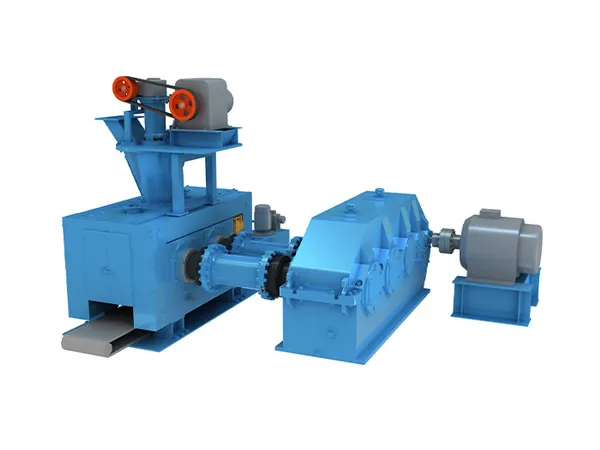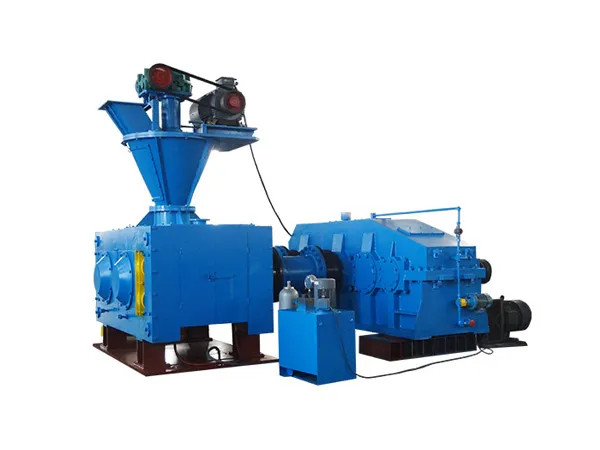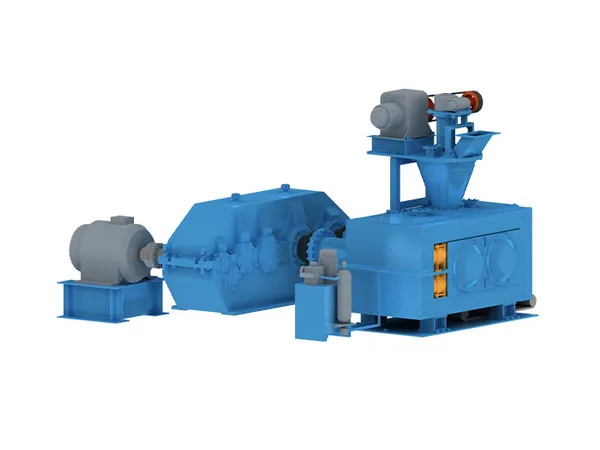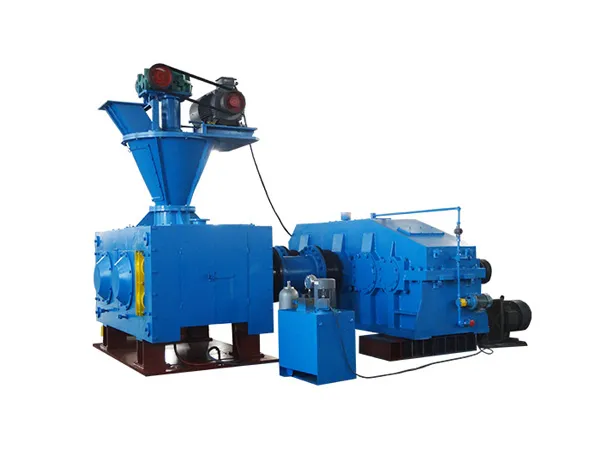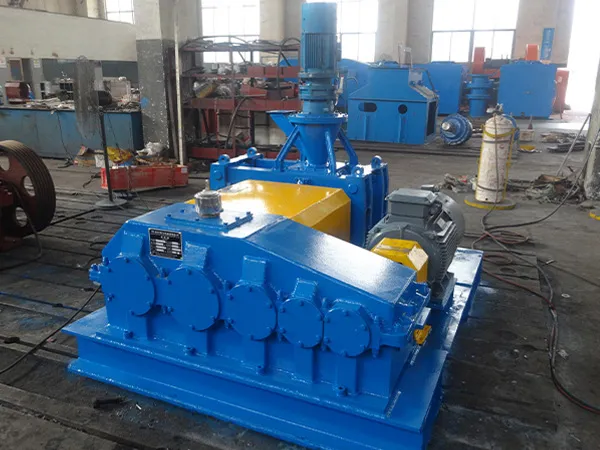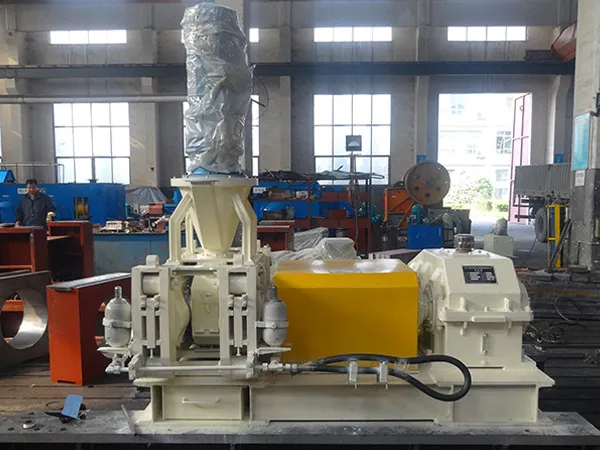Условия “легкая стальная конструкция” и “тяжелая стальная конструкция” обычно относятся к масштабу и применению стали в строительстве..
Различия между легкими и тяжелыми стальными конструкциями в первую очередь основаны на толщине материала., несущая способность, и типичные приложения. Эти факторы определяют стоимость проекта., график строительства, и общая долговечность.
Разница между легкой стальной конструкцией и тяжелой стальной конструкцией
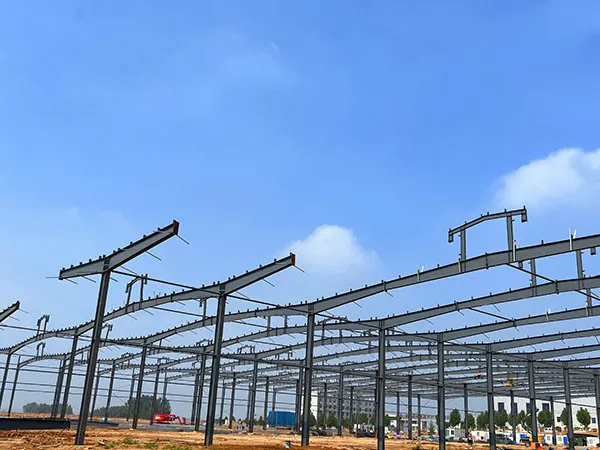
Легкая стальная конструкция
Легкая стальная конструкцияс обычно используют тонкие стальные элементы, часто подвергается холодной штамповке, это означает, что сталь формируется при комнатной температуре.
Толщина материала: Обычно, стальные секции тонкие, в диапазоне примерно от 1 мм до 3 мм (0.04 Для 0.12 дюймы).
Производственный процесс: Холодногнутая сталь (КВПБ) является общим. Это включает в себя гибку и формование тонких стальных листов в различные профили. (как C-каналы, Z-профили, или секции шляпы) без отопления.
Масса: Легче по весу по сравнению с тяжелыми стальными конструкциями., что способствует более легкому обращению и снижению затрат на фундамент.
Соотношение прочности и веса: Обеспечивает высокое соотношение прочности и веса., делая его эффективным для определенных приложений.
Приложения:
Жилые Здания: Часто используется для обрамления частных домов., многоэтажные квартиры (до определенной высоты).
Коммерческие здания: Подходит для малоэтажных коммерческих построек., офисные перегородки, внутренние стены, фермы крыши, и системы напольных покрытий.
Ненесущие стены: Отлично подходит для внутренних перегородок и систем навесных стен..
Модульная конструкция: Часто используется в сборных и модульных компонентах зданий..
Кровельные фермы: Обычно используется для создания легких несущих систем крыши..
Скорость строительства: Более быстрый монтаж благодаря предварительной сборке и более легким компонентам..
Стоимость: Как правило, более рентабельно для проектов малого и среднего размера..
Огнестойкость: Могут потребоваться дополнительные меры противопожарной защиты из-за более тонкой стали..
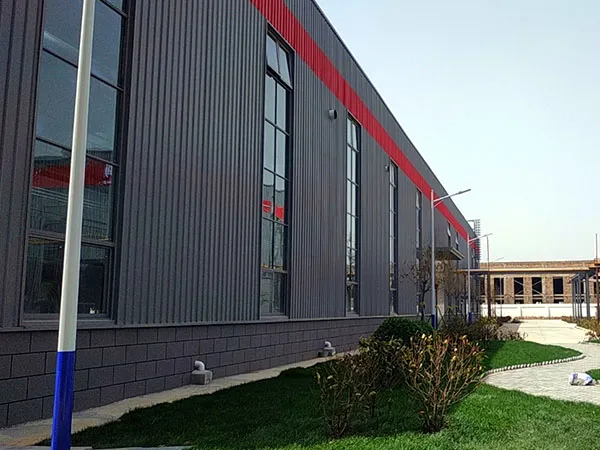
Тяжелая стальная конструкция
В тяжелых стальных конструкциях используются более толстые и тяжелые горячекатаные стальные профили., рассчитан на значительную несущую способность.
Толщина материала: Стальные секции намного толще., часто от 6 мм (0.24 дюймы) вверх, с двутавровыми балками, H-Beams, и большие пластинчатые балки являются обычным явлением.
…
Для получения более подробной информации о разнице между легкой стальной конструкцией и тяжелой стальной конструкцией, пожалуйста, нажмите здесь: https://www.meichensteel.com/a/news/difference-between-light-steel-structure-and-heavy-steel-structure.html

